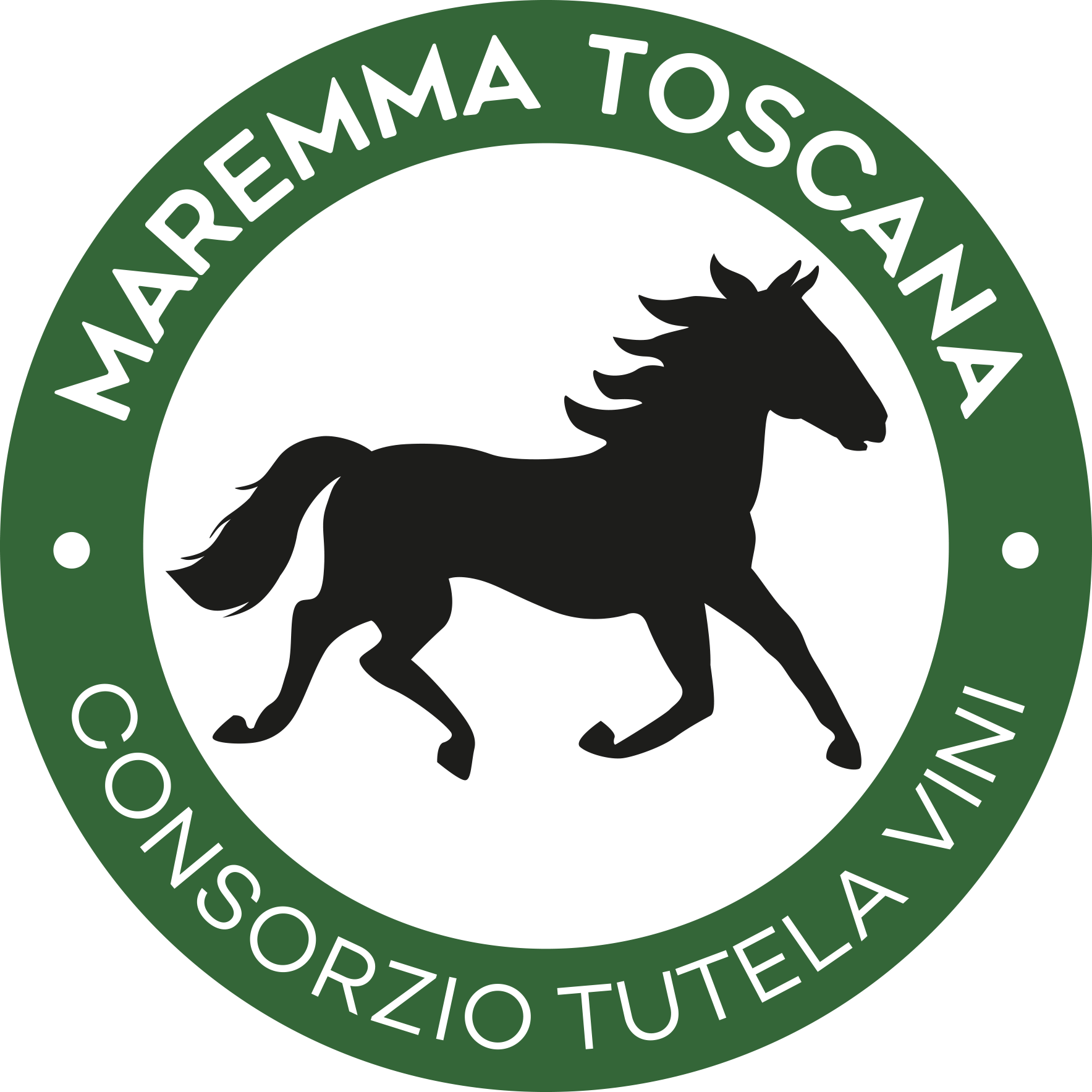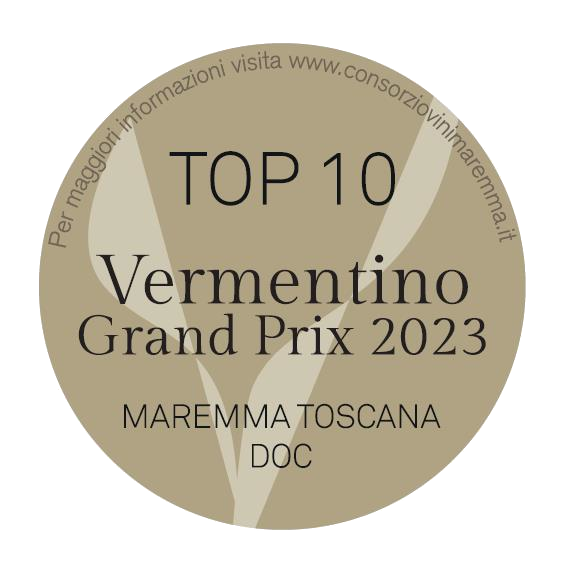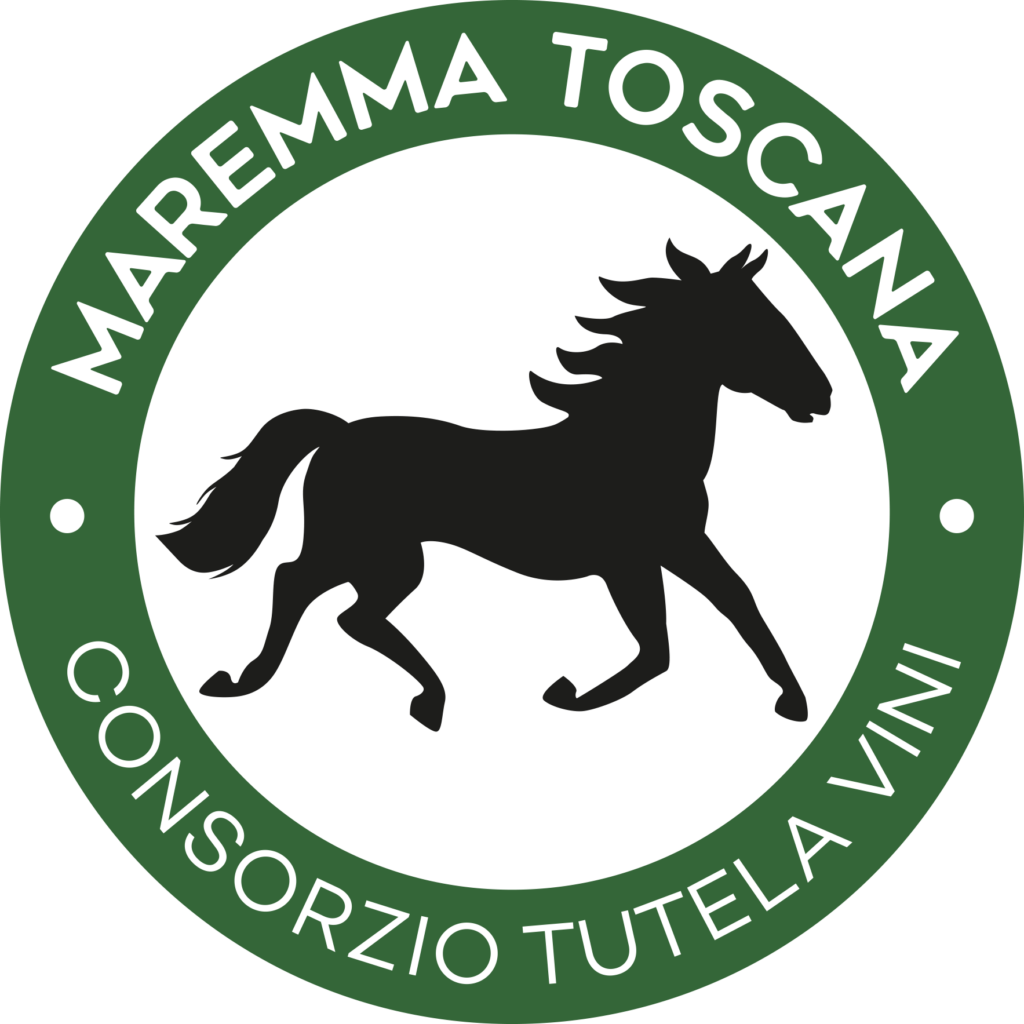Alicante
Alicante corresponds to a genetic variable of the Grénache grape as it is called in France, known with the synonyms Garnacha or Granaxa in Spain, probably brought to Sardinian soil (where it is known as Cannonao) during the Spanish domination in the period between the 12th and 18th centuries . Also in Maremma it most likely arrived at the time of Spanish domination in the mid-1500s with the protectorate of the State of the Presidi, in the south of the province, and today there are about a hundred hectares located mainly in the municipalities of Magliano, Roccastrada, Pitigliano and Manciano.
From molecular genetic investigations it emerged that the Tocai Rosso, Alicante and Cannonau vines have the same genetic heritage, and essentially constitute biotypes of Garnaça tinta. Vernaccia di Serrapetrona itself would be included in the genetic variability of the Grenache grape.
Alicante is not to be confused with Alicante Bouschet, a variety created by Henri Bouschet in 1855 in the transalpine territory, crossing Petit Bouschet, in turn obtained from the cross between Aramon and Alicante, today widespread mainly in Sardinia and Tuscany and used to produce blending wines for the contribution of notable color.
It is a vine with a medium-late ripening period and a medium vigor, which prefers hilly soils, especially if well exposed and ventilated, of a clayey nature and rich in skeleton; however, it has a great environmental adaptability.
The wines are of an intense ruby red color tending to crimson or amaranth and, at times, with orange nuances, while the perfume is fine, fruity, with an aroma of red fruits and spicy notes, sometimes a little wild, and the taste is dry, with typical hints of bitter almond.
Alicante wines lend themselves to combinations with land appetizers, savory first courses of the Maremma tradition such as the typical tortelli with sauce or acquacotta, more or less mature cheeses. The more mature versions are excellent with grilled meat and feathered and furred game, the more mature versions.
The Alicante and Maremma Toscana DOC grape variety:
Maremma Toscana DOC “Rosso” and “Rosso Riserva” (presence in the maximum limit of 40% as complementary black berried grape)
Maremma Toscana DOC “Rosato” (presence in the maximum limit of 40% as complementary black berried grape)
Maremma Toscana DOC “Rosato Spumante” or “Rosè Spumante” (presence in the maximum limit of 40% as complementary black berried grape)
Maremma Toscana DOC “Novello” (presence in the maximum limit of 40% as complementary black berried grape)
Maremma Toscana DOC “Red Government for Tuscan use” (presence in the maximum limit of 40% as a complementary black berried grape)
Maremma Toscana DOC “Passito Rosso” (presence in the maximum limit of 40% as complementary black berried grape)
Maremma Toscana DOC “Alicante” or “Grenache” (presence for at least 85%)
Maremma Toscana DOC “Alicante Rosato” or “Grenache Rosato” (presence for at least 85%)
Maremma Toscana DOC Bivarietal: Alicante associated with another black grape variety (presence between 15% and 85%)


